China's Chang'e 7 robotic mission will carry six science payloads built by foreign scientists to the moon's south pole, according to the China National Space Administration.
The administration announced on Wednesday in Wuhan, Hubei province, that Chang'e 7, a key mission in the fourth phase of the country's lunar exploration program, is scheduled to be launched around 2026. It will survey the surface environment of the moon's south pole, water ice and volatile components of lunar soil, and also carry out high-precision detection and analysis of the lunar terrain, composition and structure.
To make the best use of opportunities in the Chang'e 7 mission and better cooperate with international partners to explore the moon, the space administration started to solicit proposals in November 2022 for international payloads on the probe.
By January 2023 it had received 18 proposals from 11 countries and international organizations.
Based on the proposals' scientific objectives and engineering feasibility, six payloads submitted by six countries — Egypt, Bahrain, Italy, Russia, Switzerland and Thailand — and the International Lunar Observatory Association, were selected for Chang'e 7.
Among the selected science apparatuses, three will be placed on the Chang'e 7 lander: the Laser Retroreflector Arrays, developed by the National Laboratory of Frascati at Italy's National Institute for Nuclear Physics to make high-precision measurements on the lunar surface and provide navigation services to the Chang'e 7 orbiter; the Lunar Dust and Electric Field Instrument from the Space Research Institute of the Russian Academy of Sciences to detect the dusty plasma environment of the lunar surface; and the association's International Lunar-based Telescope to conduct astronomical observation.
Another three will be mounted on the Chang'e 7 orbiter: the Lunar Hyperspectral Camera, co-developed by the Egyptian Space Agency and Bahrain's National Space Science Agency, to identify materials and environments on the lunar surface; the Moon-based Two-channel Spectrometer for Earth Radiation Measurement from the Physical Meteorological Observatory in Davos (World Radiation Center), Switzerland, to monitor — for the first time from a lunar perspective — the radiation entering and exiting the Earth's climate; as well as a sensor package from Thailand for space weather monitoring to provide alerts and warnings of magnetic disturbances and radiation due to solar storms.
The announcement was made at the opening ceremony for 2024 Space Day of China activities, celebrated annually on April 24, the anniversary of the launch of the first Chinese satellite in 1970.
According to lunar program planners, the Chang'e 7 probe will consist of an orbiter, a lander, a rover and a small flying probe tasked with flying into pits on the lunar surface to look for ice.
After Chang'e 7, Chang'e 8 is scheduled to reach the moon's south pole around 2028. Components of the two missions will become the basis for an ambitious multinational plan initiated by China known as the International Lunar Research Station.
More than 10 nations, including Venezuela, South Africa and Pakistan, have joined the program.
The latest addition to the partnership took place on Wednesday, with Nicaragua, the Asia-Pacific Space Cooperation Organization and the Arab Union for Astronomy and Space Sciences signing up.
China has proposed establishing a multinational organization to take charge of the construction and operation of the International Lunar Research Station.
The organization will be responsible for planning, building and running the lunar outpost and will share scientific findings with all member states, according to Chinese space officials.
zhaolei@chinadaily.com.cn













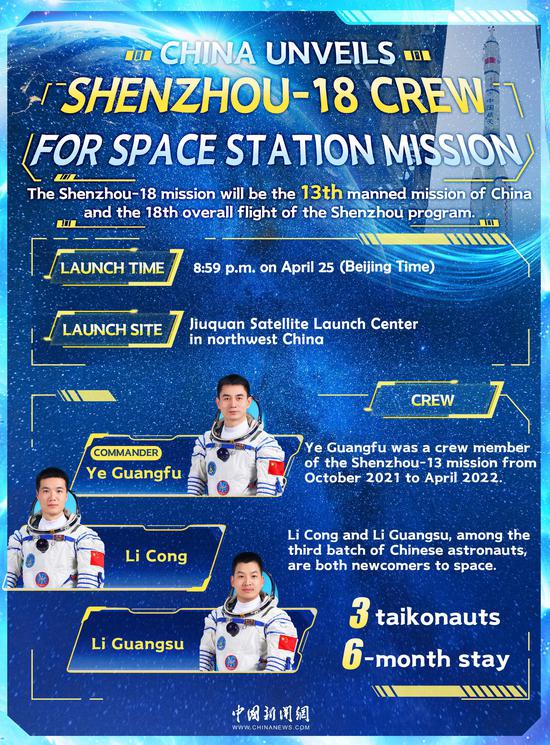

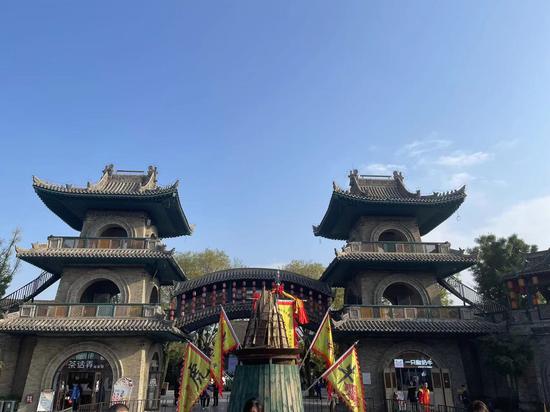
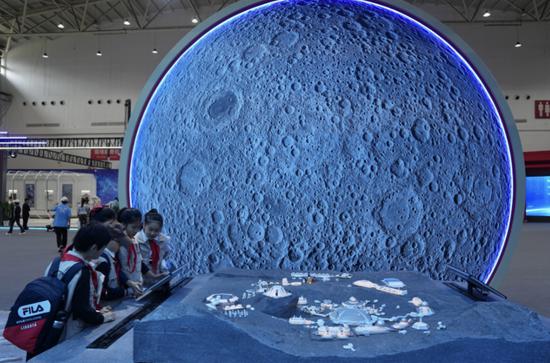








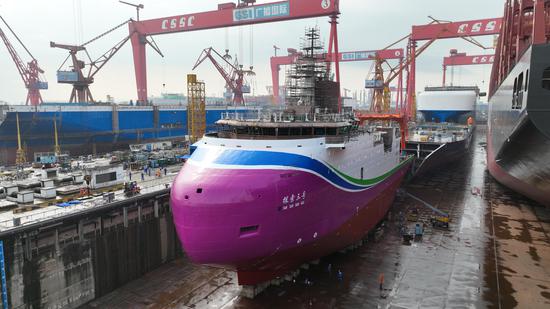

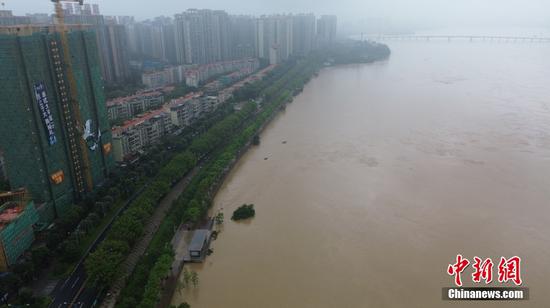



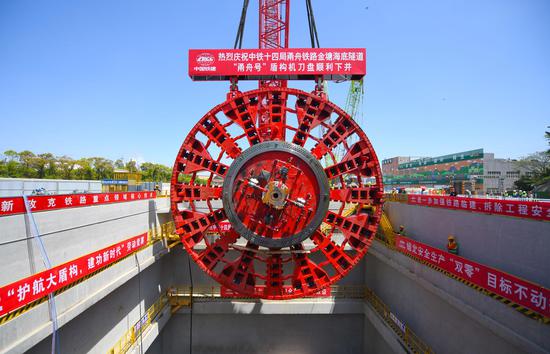

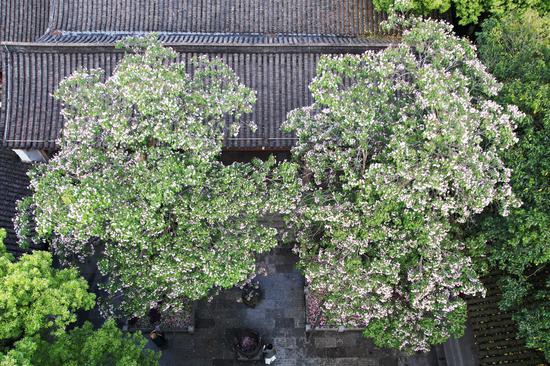






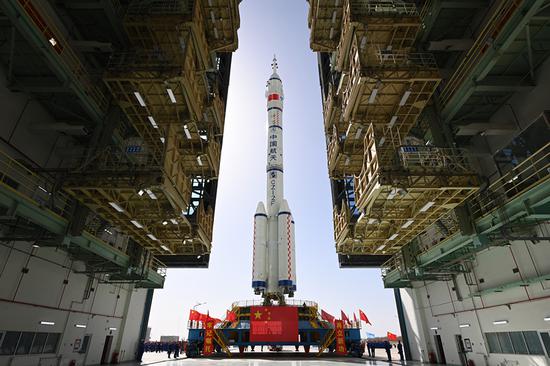









 京公网安备 11010202009201号
京公网安备 11010202009201号
